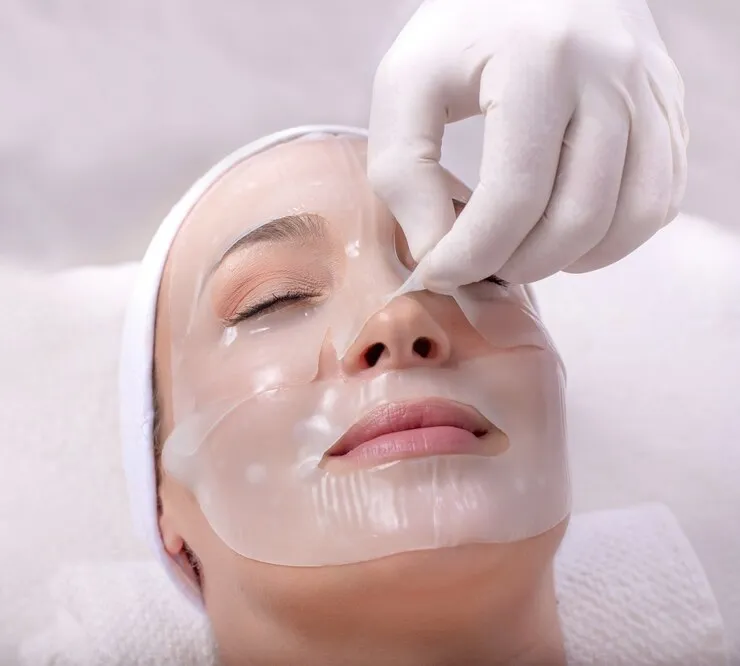Chemical Peels
The chemical peel is a popular form of skin peel treatment that makes use of medical grade chemical solutions to remove the old layer of damaged skin to reveal a healthier layer of skin beneath. Chemical peels are generally used to treat the skin on the face, below the eyes, neck, underarms, back, and sometimes, hands. There are also full body peels.
We, at The Bombay Skin Clinic, take immense pride in being one of the leaders in chemical peel treatment for many different skin conditions. Let us take you through some important information on understanding the concept of chemical peel and chemical peel benefits.

Potential side effects
Glycolic peel
A glycolic peel provides amazing exfoliation. It is also sometimes known as a fruit peel.
Salicylic acid peel
A salicylic skin peel is one that is usually of a superficial depth and has a gentle exfoliating action.
Pyruvic acid peel
This is the best choice of peel for anti-aging treatment. It is also used as a chemical peel for acne.
Yellow peel (retinal)
This is one of the most-effective skin peels when it comes to anti-aging treatment.
Azelaic acid peel
Has antimicrobial and anti-inflammatory properties that make it the ideal chemical peel for acne.
TCA peel
It is commonly used to treat skin conditions such as acne scars and melasma.
Ferulac peel
he ferulac skin peel is a truly revolutionary product that works to reduce photoaging while evening out the skin tone.
Potential side effects
Like any other treatment, a chemical peel is not without its share of side-effects. In some cases, patients have experienced a slight redness pigmentation on the treated areas. This can be handled with antibiotic medication. According to the American Society for Dermatologic Surgery, some patients might also experience a reactivation of cold sores.
Furthermore, we take great care to advise our patients on aftercare methods to be followed for the best results. These include applying the prescribed ointments to the treated skin and avoiding extreme temperatures. Johns Hopkins Medicine goes on to specify that patients should avoid sun exposure immediately after treatment.
We, at The Bombay Skin Clinic, do believe that knowledge is power. Here is a quick look at some good-to-know things about chemical peels.
Suitable candidate for the procedure
Almost anyone can do a chemical peel treatment. A chemical peel treatment can be done for a wide range of skin conditions that include active acne, acne scars, hyperpigmentation, uneven skin texture, dark circles, dark underarms, body acne, dark buttocks, and sun damage. A lot of our patients come to us for chemical peel for acne treatments, as this is one of the most common uses of these peels. Chemical peels can also be used to treat signs of aging such as wrinkles and sagging skin. They can also be used for hand and feet brightening.
Have a Question ?
Reach out to know more details about the treatment.
